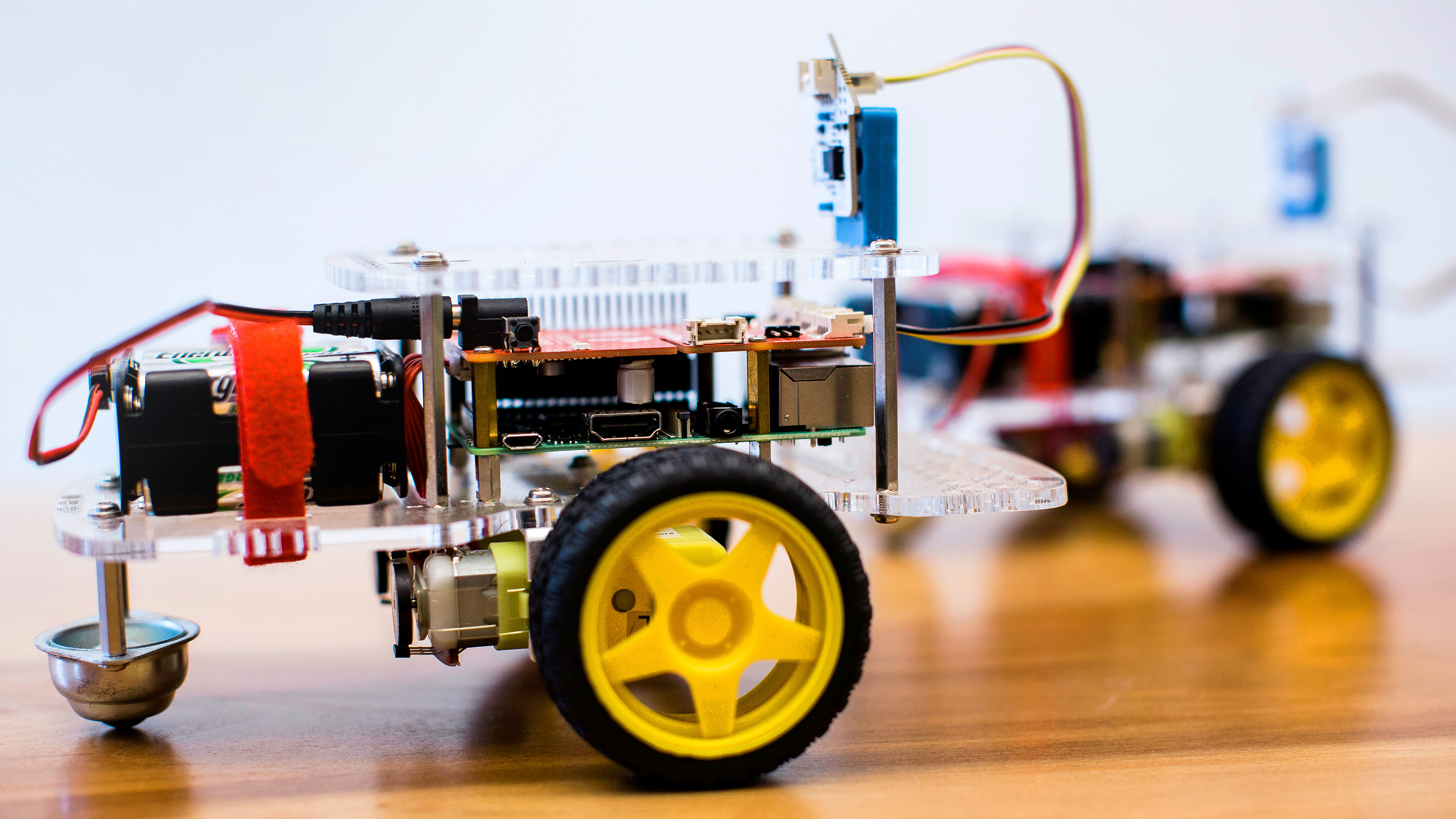A New Theory for Systems That Defy Newton’s Third Law

Newton’s third law tells us that for every action, there’s an equal reaction going the opposite way. It’s been reassuring us for 400 years, explaining why we don’t fall through the floor (the floor pushes up on us too), and why paddling a boat makes it glide through water. When a system is in equilibrium, no energy goes in or out and such reciprocity is the rule. Mathematically, these systems are elegantly described with statistical mechanics, the branch of physics that explains how collections of objects behave. This allows researchers to fully model the conditions that give rise to phase transitions in matter, when one state of matter transforms into another, such as when water freezes.
But many systems exist and persist far from equilibrium. Perhaps the most glaring example is life itself. We’re kept out of equilibrium by our metabolism, which converts matter into energy. A human body that settles into equilibrium is a dead body.
In such systems, Newton’s third law becomes moot. Equal-and-opposite falls apart. “Imagine two particles,” said Vincenzo Vitelli, a condensed matter theorist at the University of Chicago, “where A interacts with B in a different way than how B interacts with A.” Such nonreciprocal relationships show up in systems like neuron networks and particles in fluids and even, on a larger scale, in social groups. Predators eat prey, for example, but prey doesn’t eat its predators.

For these unruly systems, statistical mechanics falls short in representing phase transitions. Out of equilibrium, nonreciprocity dominates. Flocking birds show how easily the law is broken: Because they can’t see behind them, individuals change their flight patterns in response to the birds ahead of them. So bird A doesn’t interact with bird B in the same way that bird B interacts with bird A; it’s not reciprocal. Cars barreling down a highway or stuck in traffic are similarly nonreciprocal. Engineers and physicists who work with metamaterials — which get their properties from structure, rather than substance — have harnessed nonreciprocal elements to design acoustic, quantum and mechanical devices.
Image Credit: Vincenzo Vitelli
